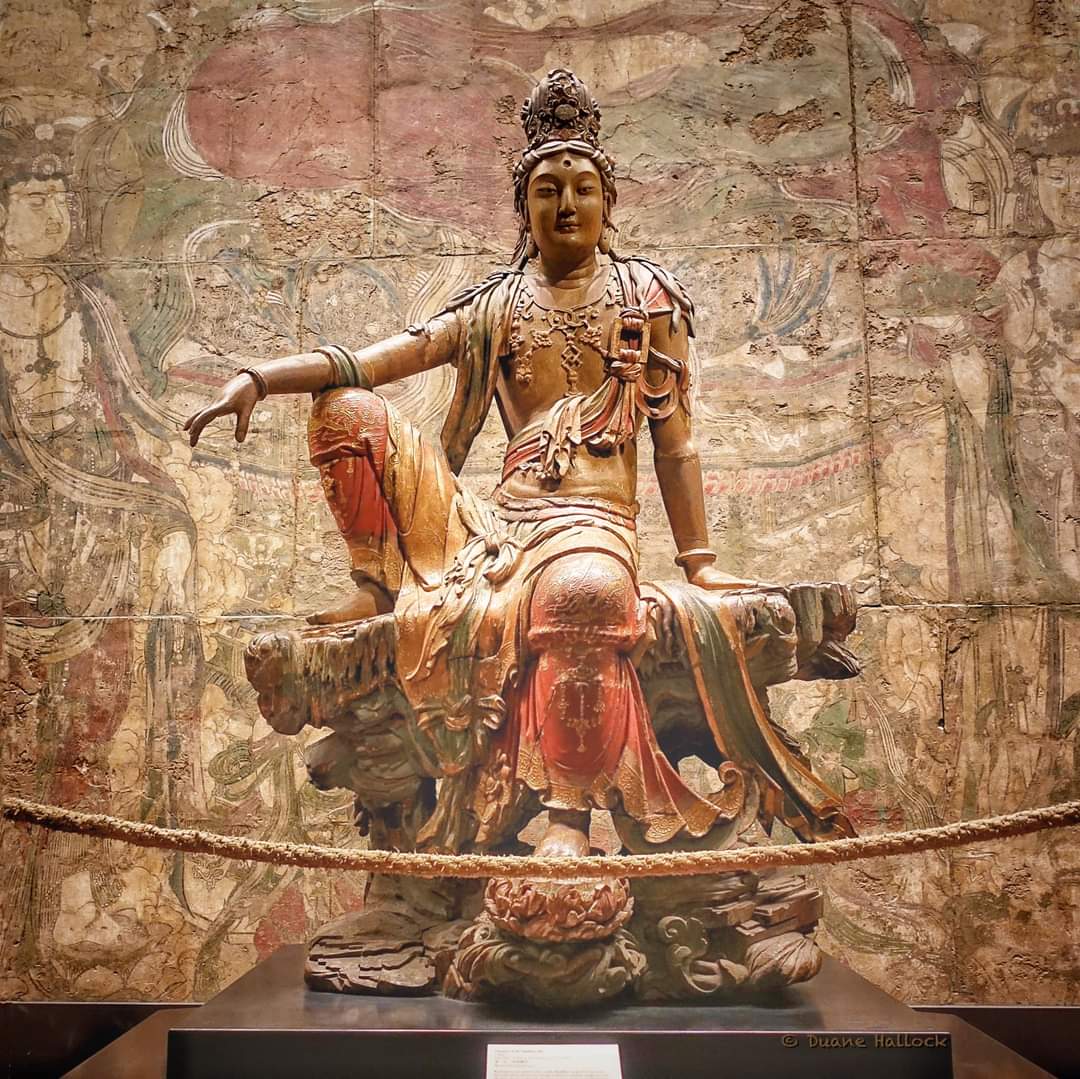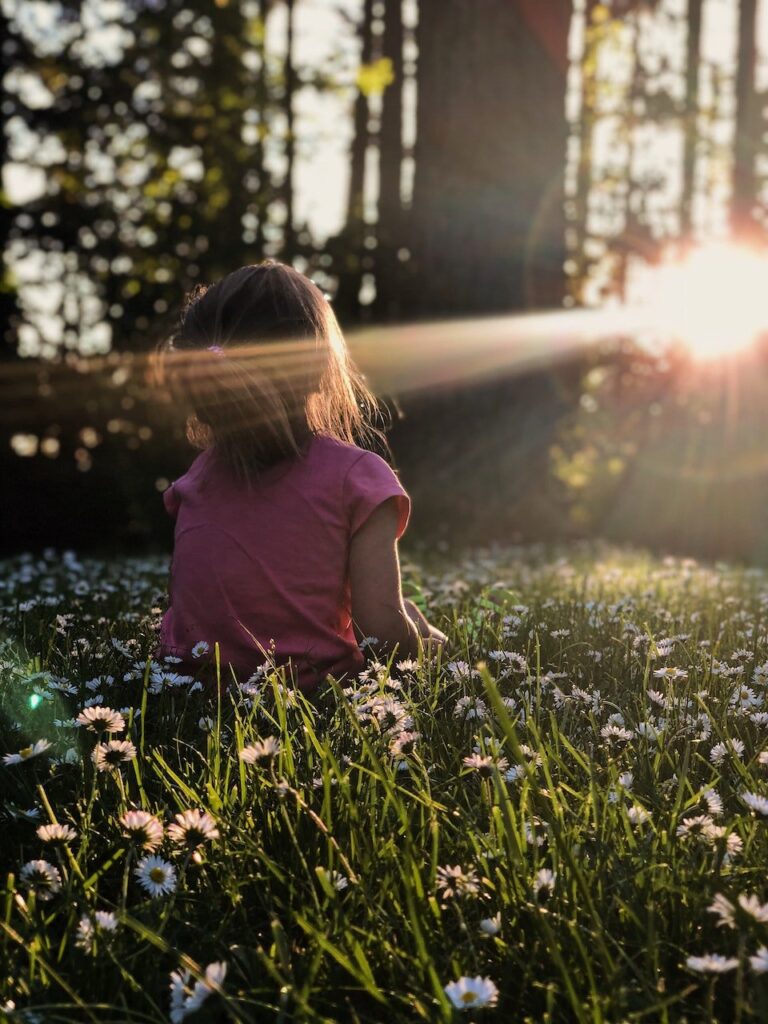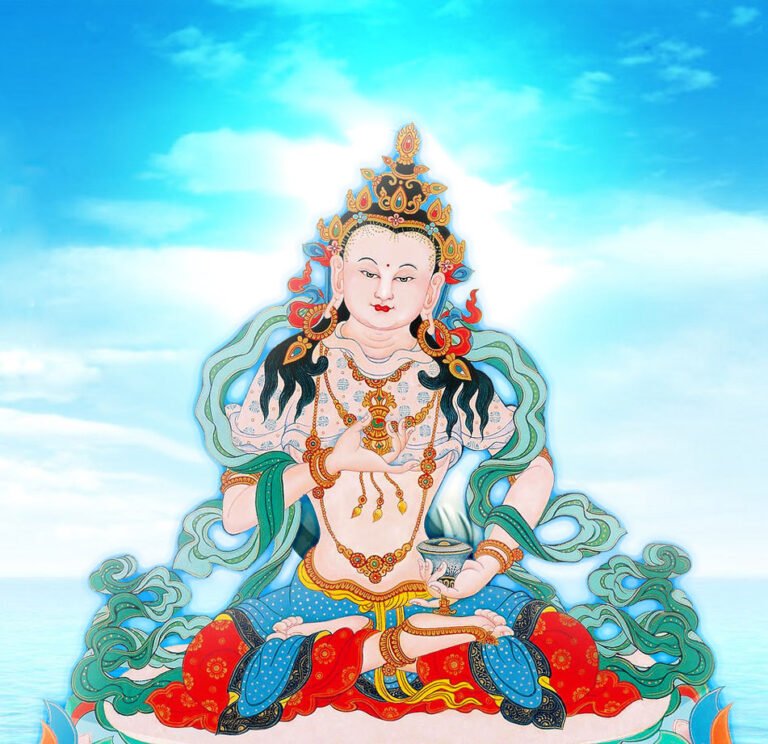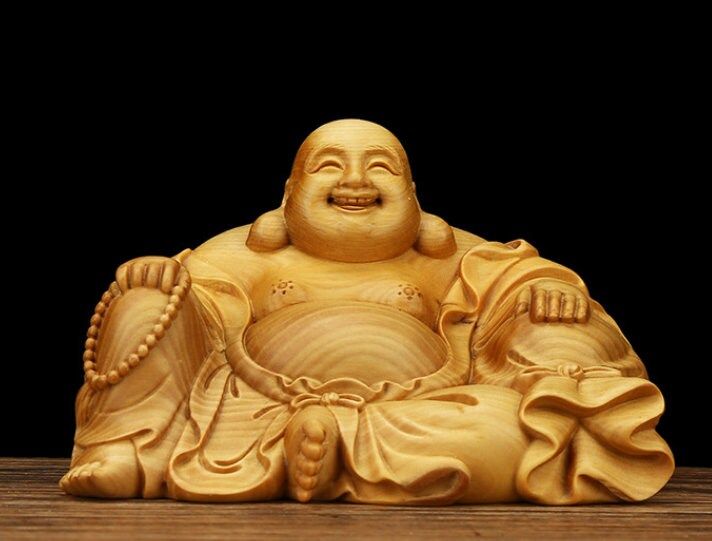I was asked this question by a well-respected colleague at the University. He was a prominent instructor of marketing and business who had experience in Malaysia, which has many popular religions, including Islam and Buddhism, and had quite a bit of insight into how these religious differences affected mindset of people in business. He asked me “What is the difference with Mahayana and Theravada [Buddhism]?” My summarized answer was based offa presentation by Albertan True Buddha Dharma Instructors.
Theravada is also known as Hinayana Buddhism, and considered the “smaller vehicle”, vs Mahayana, which is considered the “greater vehicle”, and Vajrayana is considered the “Diamond Vehicle”. The goals/outcomes are a bit different. And they all arose at different times. 565 BCE for Buddhism, early Mahayana in 50 BCE – 400 CE, and Theravada in 150 -500 CE, and later stages of Mahayana from 600 – 1203 CE.
The first two arose in India. And later, the propagation of Buddhism travelled two routes, one south then east and the other north then east. From the northern route, Buddhism spread to Tibet, which became Vajrayana/Tantrayana Buddhism.
The smaller vehicle is for self-enlightenment and the other two vehicles, the goal is to guide other sentient beings to enlightenment (the Bodhisattva path).
Theravada/Hinayana is mostly practiced in the Southeast countries, Mahayana is mostly practiced in the Eastern countries (China, Taiwan, Japan, Korea) and Vajrayana/TantrayanaBuddhism is practiced in Tibet and the countries surrounding India.
The True Buddha School practitioners practice Tibetan Vajrayana combined with some Taoism. Grand Master Lu has experience with all the vehicles due to his extensive lineage. The goal of our practices is to purify and connect such that we can all achieve enlightenment and follow Grand Master Lu to the Maha Twin Lotus Ponds, and escape the wheel of Samsara, or rebirth. Those who have much more spiritual capacity may even take their Bodhicitta vows to practice in this lifetime.
By Yvonne Wong, Ph.D.
References
Ho, J., Cordsen, R. Kong, T. and Rosinski, R. (4th, September, 2021). Class session 13: “Theravada, Mahayana and Vajrayana”. 2021 True Buddha School Introductory and Training Course for Current and Future Lay Dharma Propagators.





